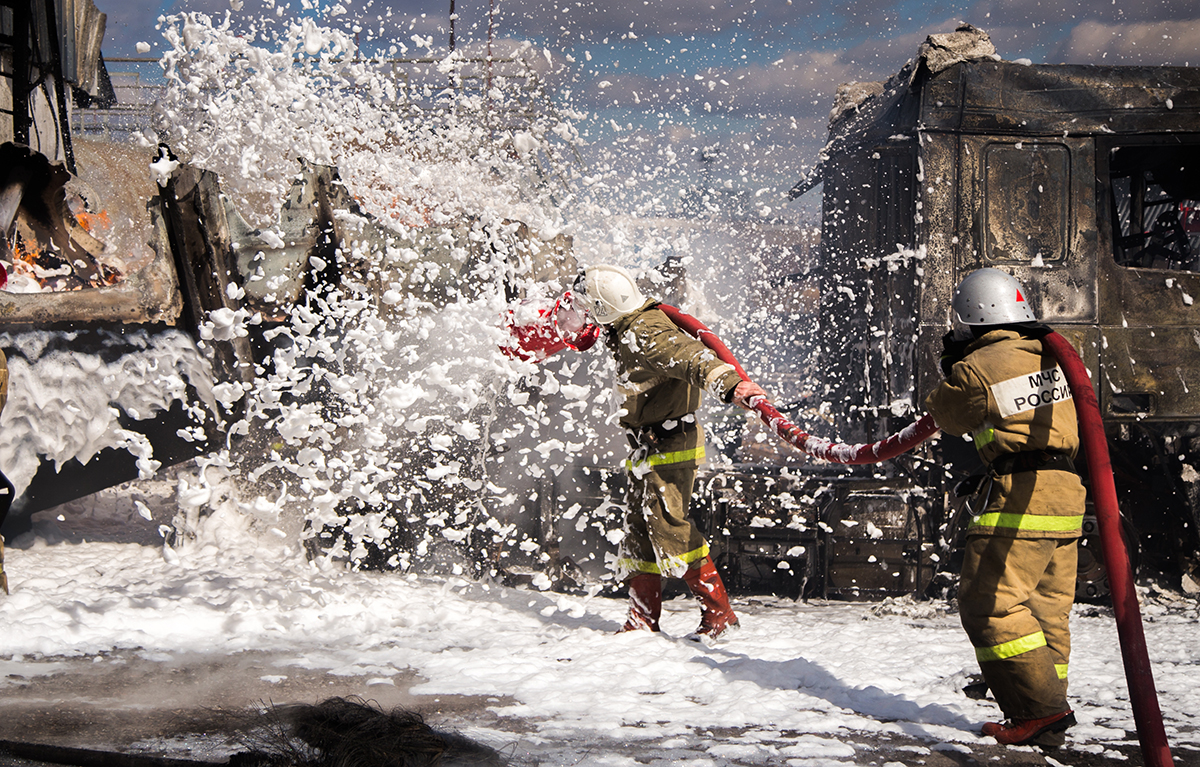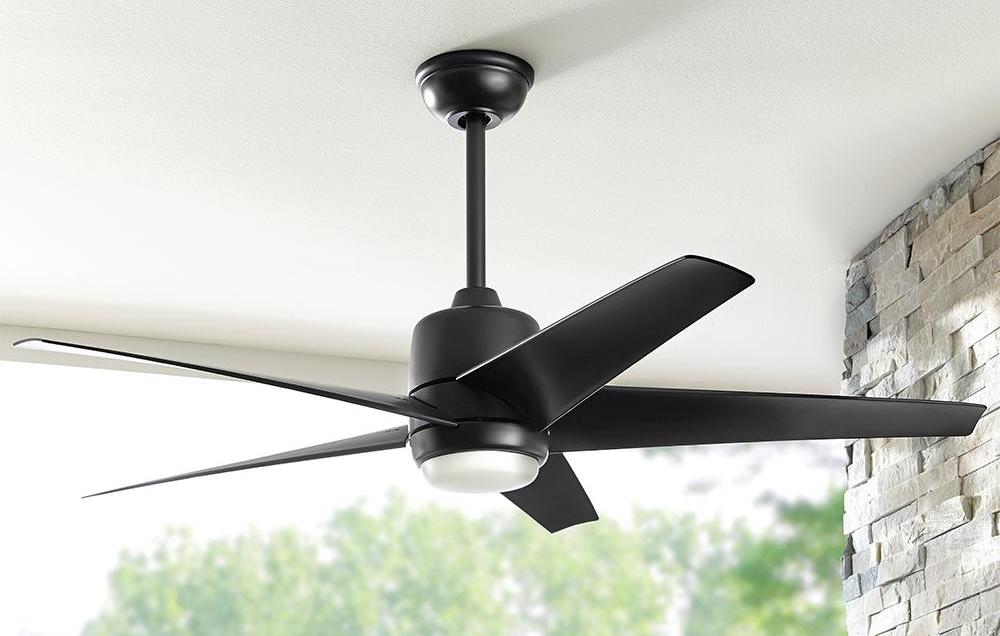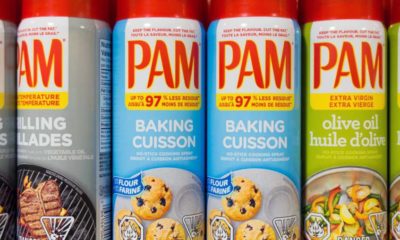Multiple reports have been noted about injuries to people from exploding cans of Pam cooking spray along with other brands. Some of these incidents have led to lawsuits being filed against Conagra, the manufacturer of Pam.
The Claims Against Conagra
The plaintiffs are alleging that the aerosol cans for the cooking spray were defective because they exploded even with normal use. They say that the manufacturer never warned about the potential risk for these situations to occur.
The cans have exploded when being used in a kitchen or placed on a shelf around the stove. One instance occurred when a woman claims she was injured by an exploding can after placing it in her shopping cart. Another person was working as a chef in Houston, Texas and his body caught on fire when a can exploded above the grill in the restaurant. It resulted in a full kitchen fire.
Conagra’s Response
The manufacturer has responded to these claims by stating it believes the product is safe when used correctly. Conagra has said that care must be given, and the cautions are listed on the packaging and must be followed. The cautions include not storing the can in an area with the temperature about 120 degrees Fahrenheit and not keeping it close to a hot stove or spraying it over an open flame.
Even with the number of injuries reported, there have been no recalls of the product. Conagra did change its design for the larger aerosol cans, but it says the reason was to standardize all cans.
The Danger of a Defective Spray Can
Contents of the Pam cooking spray are held under pressure in an aerosol can. When the pressure becomes too great, it can cause an explosion. However, plaintiffs are alleging that these cans were defective because they exploded before they should, and no warnings were in place about the possibility of such an incident.
Conagra has been making this product for over 50 years, most of the time with no problems. In 2011, a new design for the aerosol cans were put into production for a limited number of cans. These cans are the larger version rather than the regular can you would find in most residential kitchens. Instead, they are often used in restaurants and other food-industry businesses. However, they were also sold in warehouse stores like Sam’s, which allowed homeowners to purchase the cans for use at home.
With the new design for the cans of cooking spray, the vents were placed at the bottom, which would allow the can to vent instead of exploding. Flammable liquids are included in the ingredients, such as propane and butane. When the cans get too close to a heat source, these chemicals begin to move faster, causing the can to expand. Once it has ran out of room for expansion, the can will explode if it cannot vent correctly.
While all aerosol cans have this same danger, the temperature usually must be very high to cause an explosion. You might think of a can of hairspray left in a car on a hot summer day. It will explode when the temperature in the car gets too hot. However, this situation is not supposed to occur in a kitchen under normal circumstances.
Injuries from a Defective Cooking Spray Can
The injuries being reported from cooking spray can explosions have mostly been burns. They may be second- and third-degree burns, which require surgery and skin grafting. Other injuries result from the impact of objects that are moved because of the explosion.
One person lost most of their eyesight because their contact lens melted to their eyeball when a can of cooking spray exploded. Burns to hands can result in damage to nerves and loss of feeling. Many of these injuries are permanent and can cause disfigurement.
The victims often lose work and may be unable to return to their jobs because of permanent injury. The injuries often require multiple surgeries and extensive rehabilitation which can take months or even years.
These cases have happened all around the country from Indiana to Texas to Illinois and other locations. As more people realize what has happened, there may be additional lawsuits. Anyone who has a larger sized can of cooking spray can easily determine if it is one of the defective designs. It will have U-shaped marks on the bottom of the can as vents. These cans should be disposed of correctly and not used to prevent the risk of explosion.































